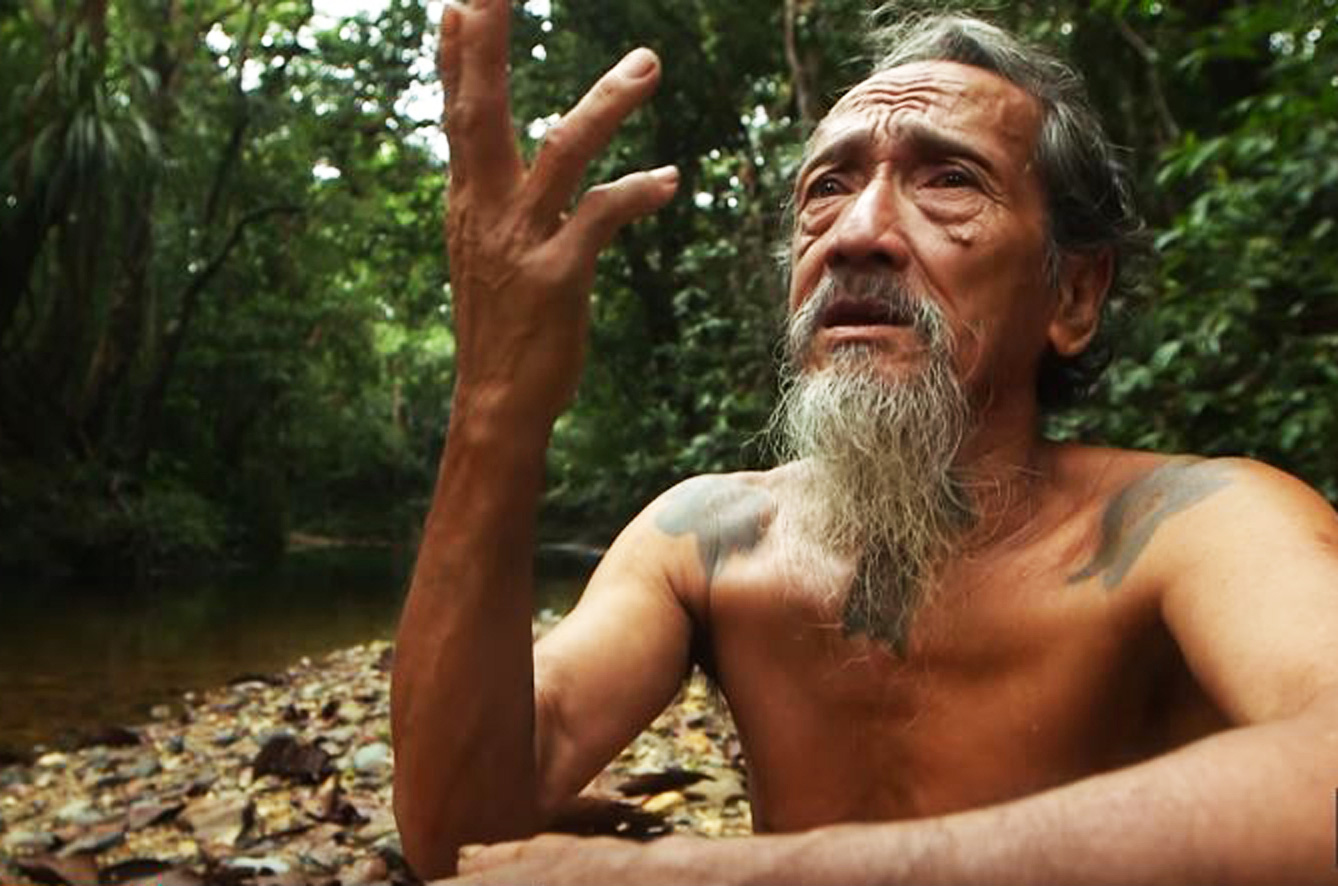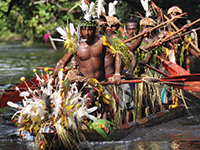Five short films from Indigenous communities across Indonesia show their…
Arrows Against the Wind
- Description
- Reviews
- Citation
- Cataloging
View on The Global Environmental Justice site
Curator
This film was selected by David Mbora, Associate Professor of Biology and Environmental Science, Whittier College.
Why I chose this film
In courses covering an introduction to environmental science, students learn that the main cause of biodiversity loss is habitat loss. They also learn that the increase in population and of per capita resource consumption are the drivers of that habitat loss. However, it is usually not made clear that bad policies, repressive and corrupt governments, racism, and complicit international institutions exacerbate these factors. Its age notwithstanding, this film shines a bright light on all these issues, and, as such, it is a valuable pedagogical tool.
Teacher's guide
Please see the teacher's guide for maps, background information and suggested subjects, questions and activities.
SYNOPSIS
The film Arrows Against the Wind is a documentary about the horrors of social injustice perpetrated by the government of Indonesia upon the indigenous peoples of West Papua through environmental destruction and forced assimilation. Indonesia annexed West Papua as a province in 1963, renaming it Irian Jaya, to acquire land for its burgeoning population and to exploit the country’s mineral wealth.
Often called the “Amazon of Asia” for its biological diversity, West Papua is also a treasure trove of cultural diversities. There are more than 300 different tribes whose unique ways of life are tied to the biological diversity of the land. The film exemplifies these unique ways of life with the story of the Dani people, one of the largest tribes in West Papua. The Dani have lived in the Baliem Valley for more than 25,000 years, but two policies that the Indonesian government is implementing present a grave danger to their customs and culture. The first is the aggressive push to “Indonesianize” the Dani. But the second policy, one of transmigration, poses a far greater threat. Vast areas of the rainforest are cleared to make way for camps and farms that will accommodate people from the crowded Indonesian islands of Bali and Java. The consequences for indigenous people will be tragic losses: of hunting and fishing grounds, sago trees, means of cultural expression, and much more, all without cause or compensation.
While the losses and inevitable marginalization are in the near future for the Dani people, they are reality for the Asmat tribe. By way of archival footage, we learn that the Asmat were fierce, proud, and artistic people for millennia. Then the Indonesian government implemented its policies of transmigration and rapacious resource exploitation, ruining everything for the Asmat. The change and losses documented in the film were recent, quick, and devastating. It is a sad story and quite difficult to watch, but it is one that is being repeated in other parts of West Papua even now.
THE ENVIRONMENTAL JUSTICE FOCUS OF THE FILM
This film is about environmental justice because the communities, which are the subjects of the documentary, are experiencing environmental degradation and suffering the effects of pollution due to resource exploitation. Furthermore, the communities in West Papua were not involved in making important decisions about the mining on their land, and the government does not seem to take their concerns seriously.
Related Films
The stories of five remarkable Native American activists in four communities…
From Papua New Guinea to the tar sands of Alberta, Canada, native people…




